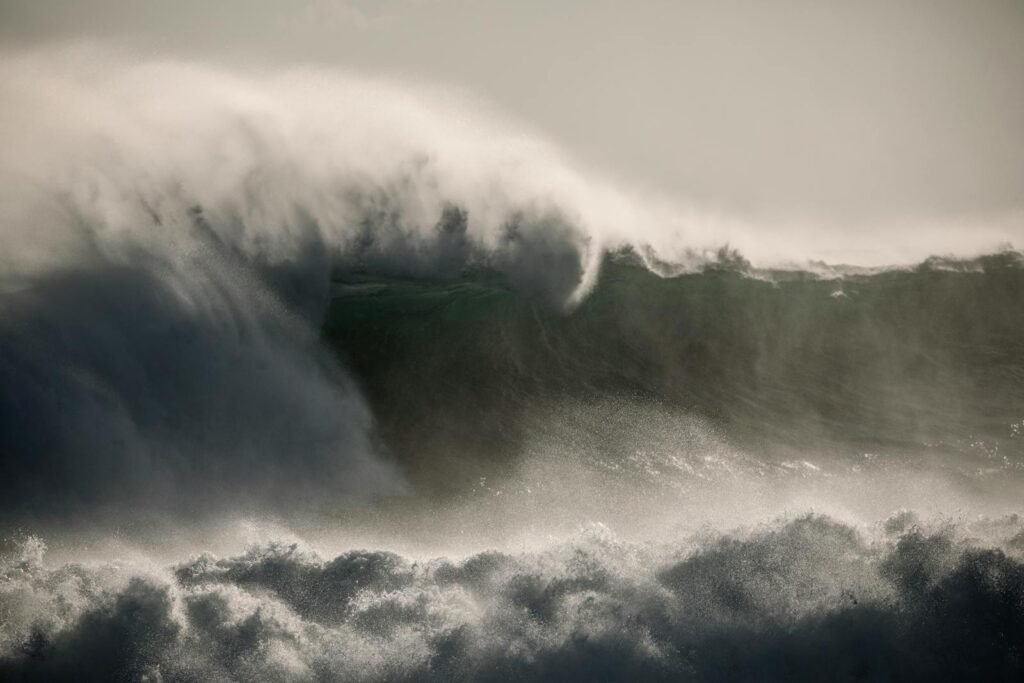First, scientists have found the record of an enormous tsunami that hit Japan when dinosaurs roamed the Earth stored not in rock but in amber. A new research shows that twisted pieces of ancient tree resin, 115 million years old, have the characteristic marks of a deadly oceanic wave. In a study published in Scientific Reports, researchers give a first-ever peek into ancient catastrophes and may change the way paleontologists date prehistoric tsunamis.
Amber: A Time Capsule of Catastrophe
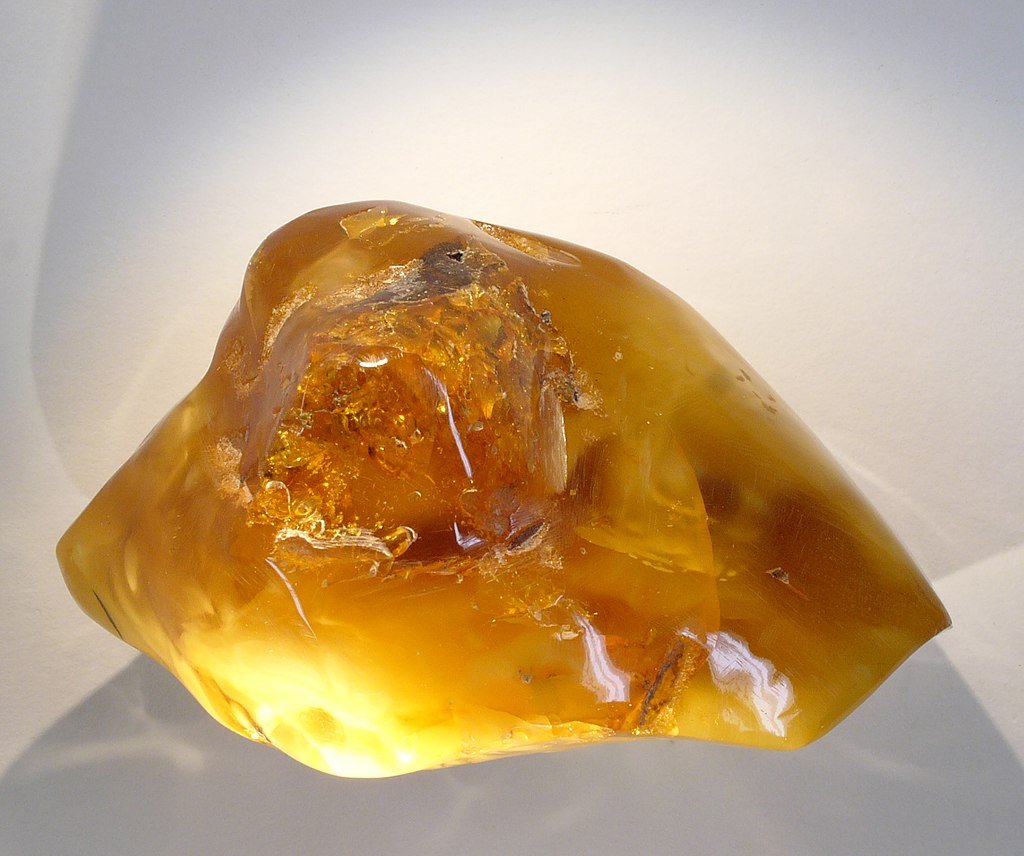
Amber, fossilized tree resin, is best known for entombing ancient insects and plants. But researchers in Japan have found that it can also record geological disasters. Unlike typical amber formations, which harden in air, these samples from Hokkaido’s Shimonakagawa Quarry show bizarre, flame-like distortions, a telltale sign they were ripped from land and plunged into the ocean before fully solidifying.
“This isn’t just resin that dripped and hardened on a tree,” says study co-author Aya Kubota, a paleontologist at Chuo University. “It was wrenched into the sea, buried in silt, and preserved for eons.”
Flame Structures: A Tsunami’s Fingerprint
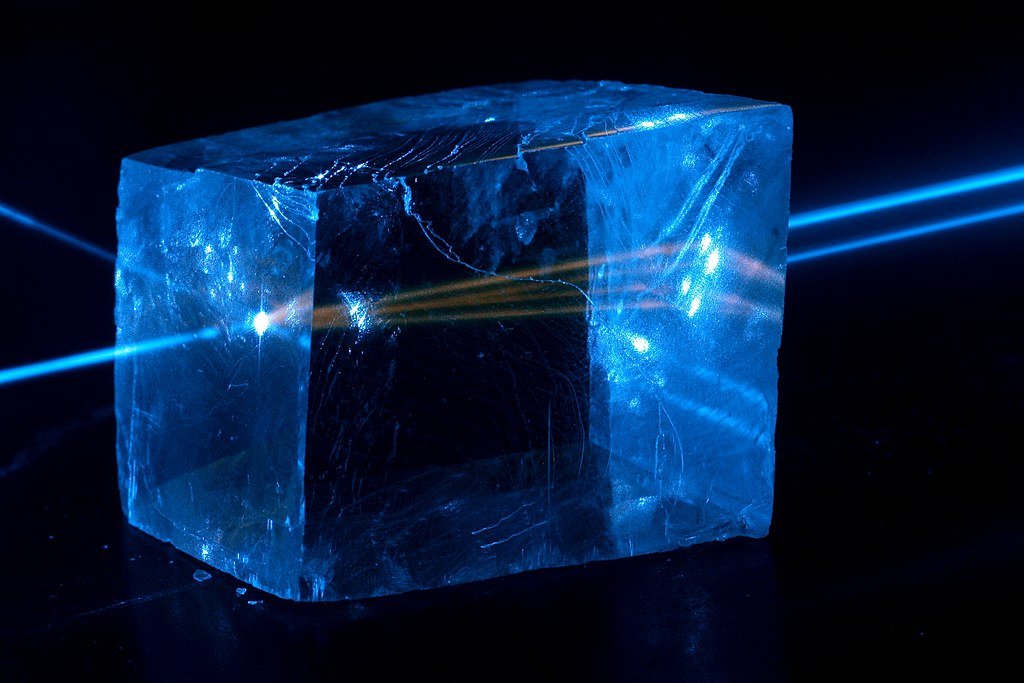
Using fluorescence imaging, a technique that makes amber glow under ultraviolet light the team identified unusual “flame structures” within the resin. These wavy, upward-pointing deformations occur when soft sediment is violently reshaped before hardening.
Normally, amber forms in air, drying into smooth, rounded blobs. But these samples were smothered in deep-sea mud, suggesting they were swept offshore in a sudden, catastrophic event. “Only a tsunami could have transported them this way,” Kubota explains.
A Dinosaur-Era Disaster
The amber dates back to the Early Cretaceous (116–114 million years ago), when this region of Japan was submerged under deep ocean. Alongside the resin, researchers found other clues:
- Giant uprooted tree trunks on the ancient seafloor, too fresh to have eroded slowly.
- Chunks of torn-up mud, likely ripped from the seabed by seismic forces.
- Evidence of a massive landslide, possibly triggered by an earthquake.
“Storm waves don’t disturb the seafloor like this,” says Kubota. “This was a tsunami.”
Why Storms Couldn’t Explain the Evidence
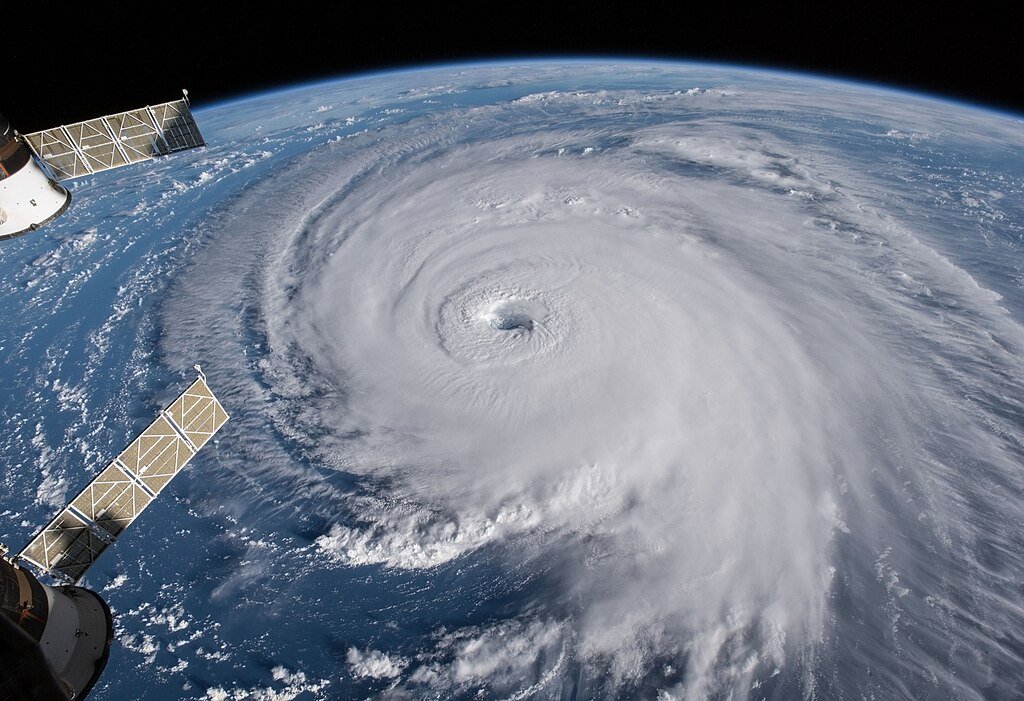
Tsunamis and hurricanes both leave debris, but key differences helped the team rule out storms:
- Storm deposits are typically smaller and mixed with gradual erosion.
- Tsunami debris is dumped all at once like the jumbled trees and amber in this study.
“The resin was buried before it could harden,” Kubota notes. “That’s a signature of rapid, deep-water burial, something only a tsunami could do.”
A New Tool for Tracking Ancient Tsunamis
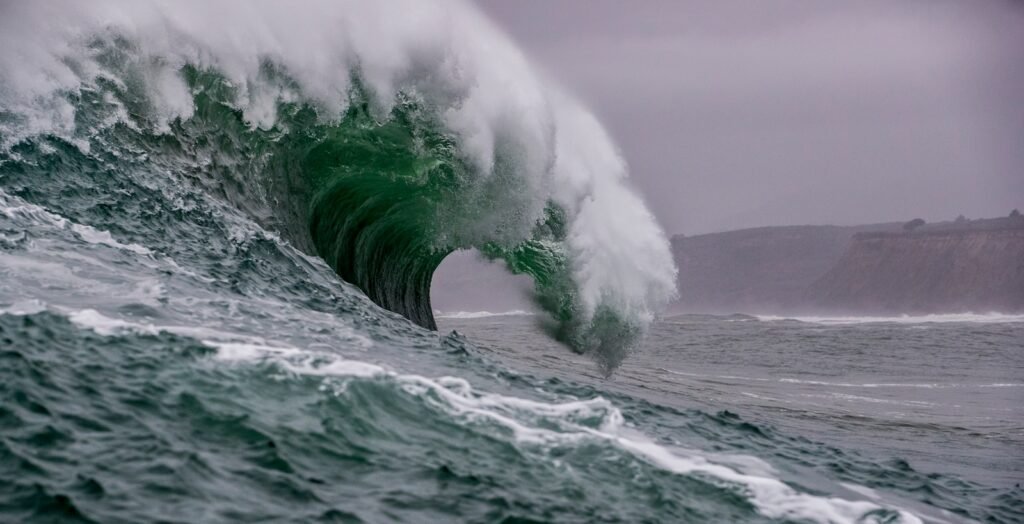
Until now, scientists relied on coastal boulders or sediment layers to identify prehistoric tsunamis. But this method is tricky, storms can leave similar traces. Amber, however, offers a precise timestamp.
“Resin hardens quickly, so it captures moments in geological time,” says Kubota. “This opens up amber sedimentology, a whole new way to study ancient disasters.”
Could This Happen Again?
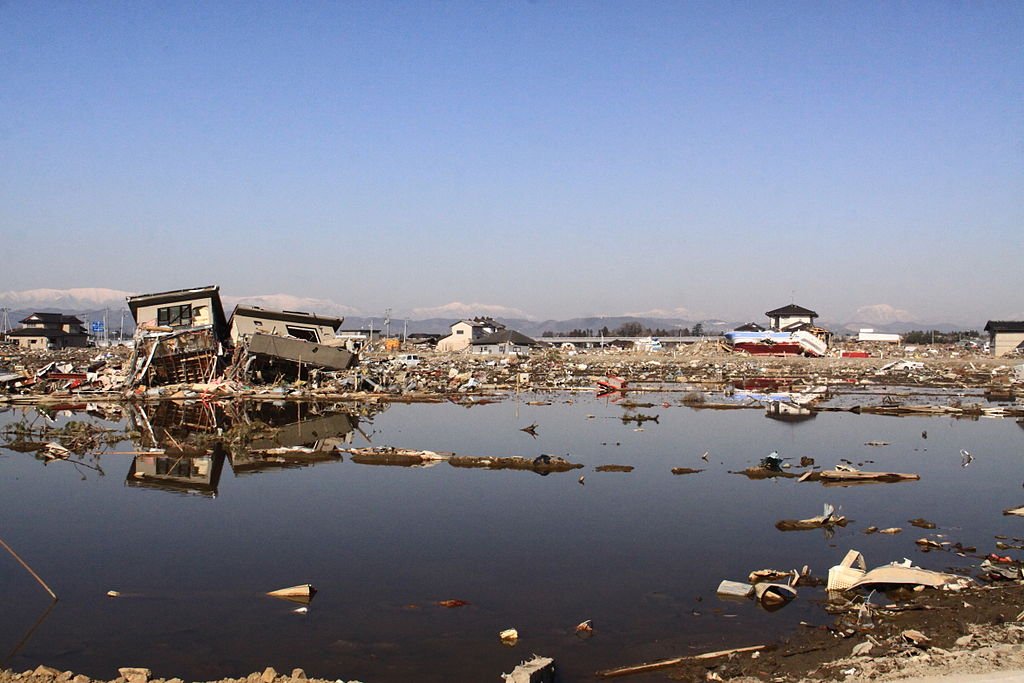
Japan sits on the volatile Pacific “Ring of Fire,” where earthquakes and tsunamis remain a constant threat. Understanding past events helps predict future risks.
“If amber can record tsunamis from 115 million years ago,” Kubota muses, “what else might we find trapped in resin?”
Conclusion: A Glowing Window into the Past
With this finding, amber shifts from being a fossil oddity to a geological detective. By cracking its secret structures, researchers are able to rebuild catastrophes of deep time fragments by glowing fragments.
As Kubota puts it: “Nature’s time capsules are full of surprises.”
Sources:

Jan loves Wildlife and Animals and is one of the founders of Animals Around The Globe. He holds an MSc in Finance & Economics and is a passionate PADI Open Water Diver. His favorite animals are Mountain Gorillas, Tigers, and Great White Sharks. He lived in South Africa, Germany, the USA, Ireland, Italy, China, and Australia. Before AATG, Jan worked for Google, Axel Springer, BMW and others.

